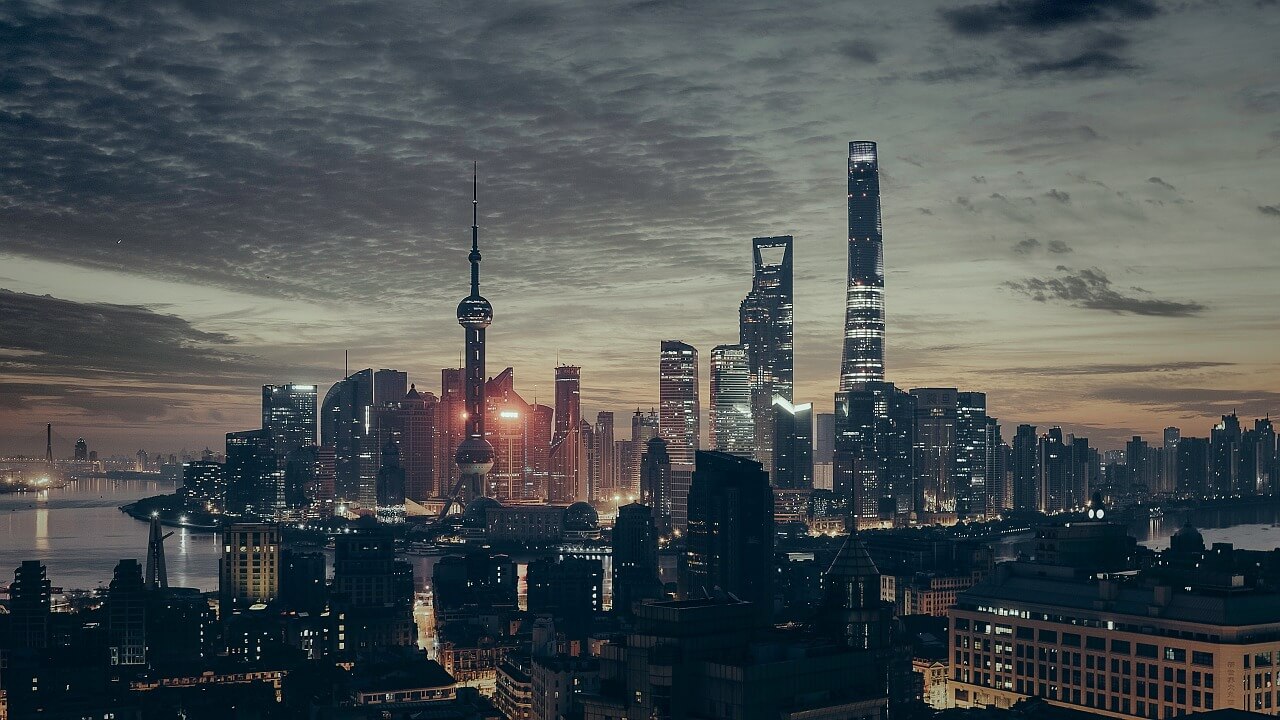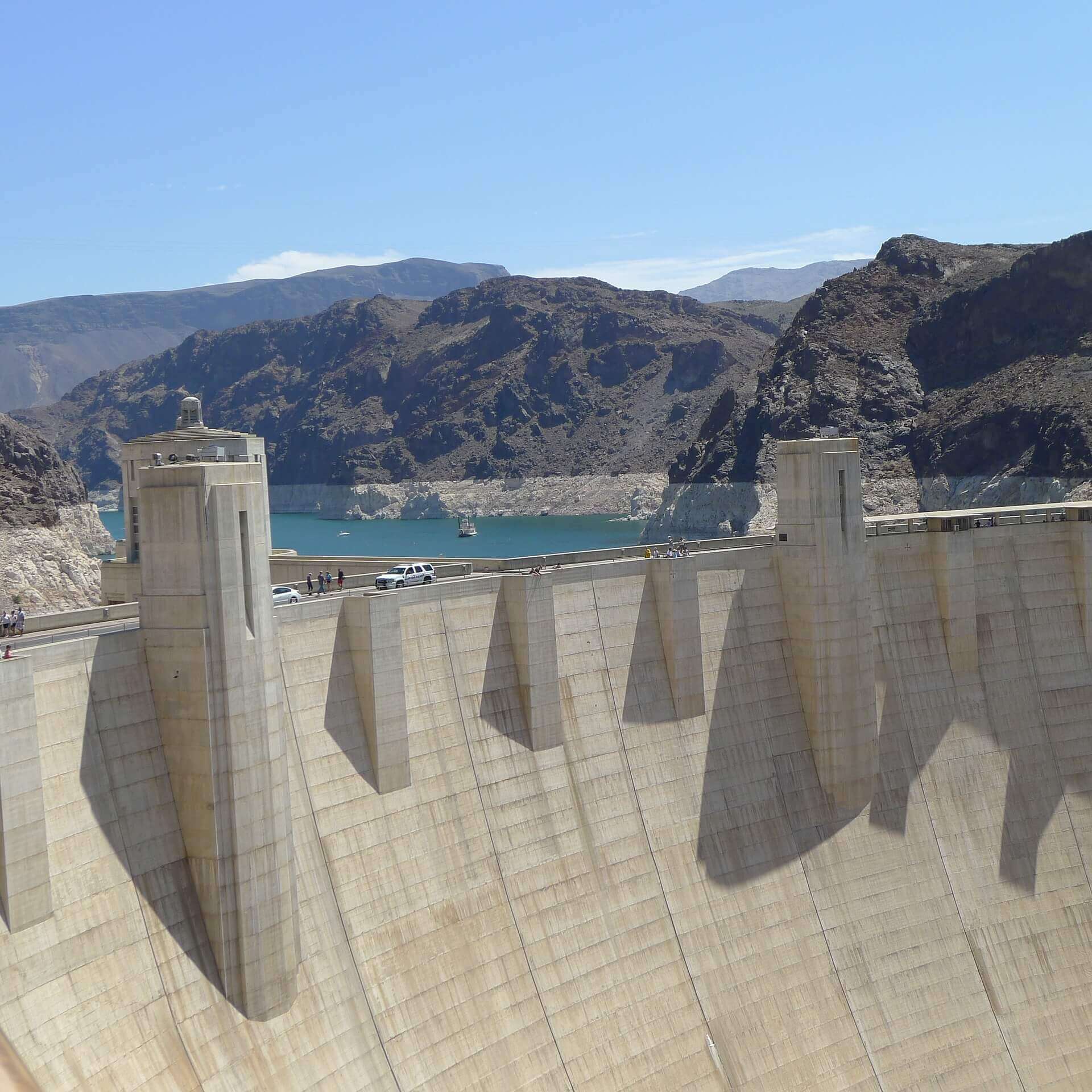Human Migration Patterns
World populations are increasingly moving from rural to urban centers, making for larger cities with greater population density than ever before. This is a global phenomenon across the spectrum of developed and developing economies. We are increasingly becoming an urban world.
The rates of change and specific migration patterns differ in various parts of the globe. The developing world congregates more in mega-cities, while Americans are increasingly moving to both downtowns and the urban sprawl around dominant business and industry-specific hubs. There are many questions about what this growth means, how prepared cities are, and if and when it will end. However, the world has clearly been urbanizing for some time, and experts from major development organizations project this trend to continue into the foreseeable future.
The data is eye-opening. The United Nations in 2009 and the International Organization for Migration in 2015 both estimated that around 3 million people are moving to cities every week. Approximately 54% of people worldwide now live in cities, up from 30% in 1950. Sources estimate this will grow to 2/3 of world population in the next 15-30 years. More than half of urban dwellers live in the 1,022 cities with greater than 500,000 inhabitants. There are currently 29 megacities with populations of over 10 million, up from 2 in 1950 and projected to grow to between 41 and 53 by 2030. Additionally, there are 468 cities with a population of over 1 million, up from 83 in 1950. A Yale research group projects that urban land coverage will expand by 463,000 square miles by 2030 to cover just under 10% of the planet’s land, equivalent to 20,000 football fields being paved over every day.
Source: United Nations Department of Economic and Social Affairs, World Urbanization Prospects: The 2018 Revision-Population
This trend is more mature in the United States, but specific cities are still growing. Today, 82% of North Americans live in urban areas and are increasingly concentrating in mid-sized and large cities. In 2010 41 urban areas in the United States housed more than 1 million people, up from 12 areas in 1950 and projected to grow to 53 by 2030.

Learn how cities are changing and what it means for business and policy in our free ebook.
There are winners and losers in American migration patterns, as not all cities are growing. In 2012 and 2013 92 of the country’s 381 metropolitan areas lost population, but the cities that are growing are growing quickly. There is some debate about the sustainability and permanence of movement patterns into US downtown areas, but migration to more broadly defined urban clustering is clearly occurring.
Experts at the United Nations, US Census Bureau, and other bodies are aligned in expecting the urbanization trend to continue, but they differ in the anticipated rate of change. Our team at Grayline also expects this trend to continue and believes that there is a high likelihood that public projections may even be underrepresenting the rate of change over the next 10-20 years due to a variety of increasing pressures towards urbanization.
Drivers of Urbanization
Urbanization is a result of a number of factors, and deeper analysis will be required to determine causality and a more direct correlation between urbanization drivers and population projections. However, several drivers and factors stand out immediately. These drivers differ in some respects due to the unique regional, geographic, and cultural nuances in various parts of the world, as well as the level of development and economic maturity, which also influence the specific shape of migration patterns. Regardless of these differences, the urbanization trend is global, and many of the drivers seem to be common across regions and development levels.
One obvious driver is the agricultural revolution and increasing mechanization, automation, and innovation in the agriculture sector. Sophisticated agriculture methods and machinery decrease the number of workers required to sustain agricultural production. This currently drives a greater velocity of migration in developing nations that are just now transitioning to more efficient and mechanized agriculture techniques. However, it will be interesting to see if the integration of drones and autonomous vehicles in the agriculture sector of developed nations creates another round of efficiency and corresponding wave of urban migration.
Source: United Nations Department of Economic and Social Affairs, World Urbanization Prospects: The 2018 Revision-Population
Another driver is the shape of modern economies, specifically the increasing concentration of wealth creation and the specialized nature of modern workforces. When wealth is concentrated in smaller groups and more occupations revolve around products and services that support these centers of wealth creation, there is a natural pull towards those centers. The specialized nature of jobs in the knowledge economy drives urbanization because hyper-specialization relies on a broader network of interconnected specialists to support the whole. While the Internet and global communications networks can, of course, facilitate these interconnections without physical co-location, we believe there remains pull towards cities due to network effects.
The increasing concentration of industry expertise and wealth into specific cities is also driving people towards fewer, larger cities in the United States and other developed economies. This is related to previous comments about the shape of the economy but is interesting enough to highlight independently, as industry centers continue to grow and become more important. Prime examples of areas where Americans move to build businesses and pursue careers in specific fields include Houston (energy), San Francisco (technology), and New York (finance). There are, of course, exceptions to this general trend, but it is striking to note the concentration of industry-specific companies in these areas.
A multitude of other factors drive urbanization. Lifestyle preferences and attitudes matter, such as in the shift of baby boomers back into cities in the United States. Opportunities matter, as cities facilitate wealth creation via scale, network effects, productivity, and efficiency gains realized in recent years. Concentrated wealth creation attracts people, which increases wealth creation potential in a virtuous cycle that accelerates urban growth. Technology also matters, as new technologies facilitate and improve the urban living experience.
As previously stated, our team will continue to research and develop more direct causal relationships to factor into our projections. At a high level, it is important to note that none of these factors appear to be temporary; they are all likely to continue to exert pressure on people to move to cities. The world has been and will continue to urbanize, leading us to examine the structural pressures and changes that this theme creates on global systems.
Source: United Nations Department of Economic and Social Affairs, World Urbanization Prospects: The 2018 Revision-Population
Direct and Secondary Effects
Urbanization results in more, larger cities. Larger cities create a new set of transportation, sanitation, and infrastructure requirements and change the fundamental market dynamics for companies in a wide variety of industries. New technologies, processes, products, and engineering solutions are being created to address the unique issues resulting from the unprecedented rate and scale of urbanization that is happening now.
The impact of urbanization falls into three primary categories. The first is infrastructure, as public officials and city planners need to build infrastructure to support larger populations in a sustainable fashion, which private companies will ultimately build and manage. Second are private development companies, which compete with their peers to build and manage large dwellings, venues, and facilities that people live, shop, eat, and are entertained in. The third are consumer products companies that sell goods and services to people whose consumption patterns are influenced by where and how they live.
While the United States is not projected to host the majority of new megacities, urbanization in the United States coincides with a deep need to modernize city infrastructure. The infrastructure for many American cities was created in the post-war era and has neared or surpassed its planned lifespan. Additionally, this infrastructure often supports a larger population than projected, and new technologies are available but have not yet been incorporated into infrastructure projects. We see abundant evidence that cities across the United States are looking for solutions to these issues. Among this evidence is the American Society of Civil Engineers, which scores United States infrastructure broadly as a D+ (on the traditional A-F academic scale), stating the United States requires $3.6 trillion in needed investment by 2020.
Urban markets are different from suburban or rural markets for companies who build and sell goods and services. This is not a new challenge, and some companies have adapted better than others as this new reality has started to take shape in recent years. However, the rate of change continues to increase, and the collision of more people and new types of infrastructure will impact markets and force companies to continue to adapt. There will be companies that gain and lose market share resulting from the decisions they make to prepare for shifting markets. There will also be companies that fail and new companies that emerge resulting from shifting market dynamics.
Cities, urban planners, and related public entities also face major challenges to accommodate sustainable growth and incorporate new technologies in an appropriate, cost-efficient, and environmentally sustainable fashion. Some cities will likely over-invest in the wrong technologies and design approaches. Others will underestimate the scale of impending change and fail to plan accordingly, resulting in deteriorating and dangerous cities. Public institutions that can plan from a base of accurate, useful information and learn from one another’s successes and mistakes will fare better during this transitory period.
In summary, we are focusing on urbanization as one of our core themes because we believe it represents a structural change to the global system that both companies and public institutions will spend money to plan for. There are some great public data sets available for us to base our products on, but they tend to be disparate, which makes them difficult to act upon. This disparate nature also creates a compelling product development opportunity for our business. Unlike some of our more early-stage themes, urbanization is occurring now and will continue for the foreseeable future.
Join the Catalyst Monitor
Join our community, where we push out regular insights to help maintain situational awareness on technological and socioeconomic trends.



